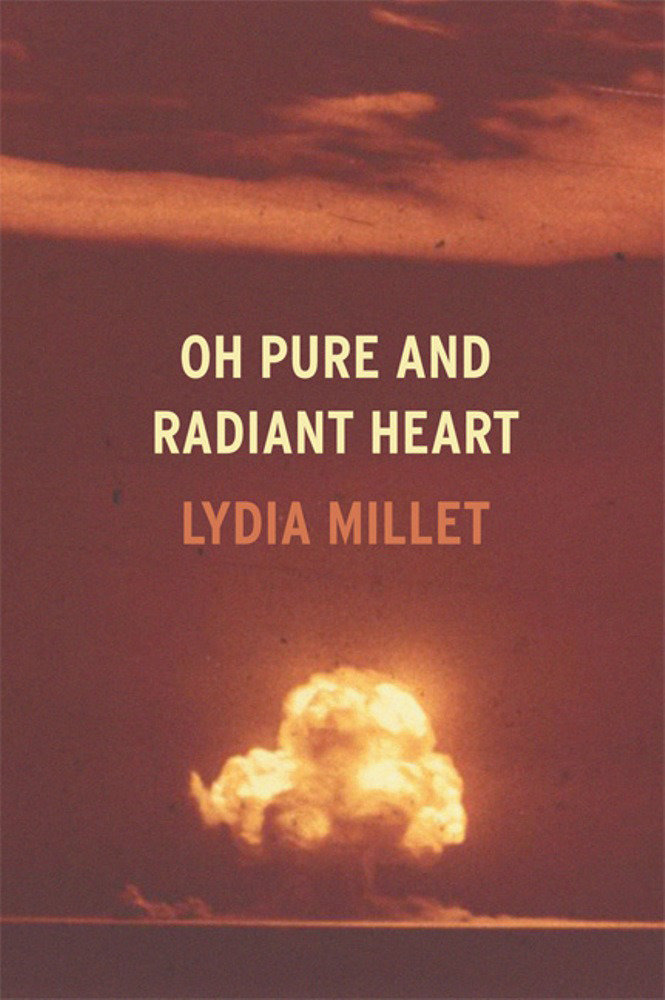
Oh Pure and Radiant Heart
Oh Pure and Radiant Heart plucks the three scientists who were key to the invention of the atom bomb'Oppenheimer, Leo Szilard and Enrico Fermi'as they watch history's first mushroom cloud rise over the desert on July 16th, 1945...and places them down in modern-day Santa Fe. One by one, the scientists are spotted by a shy librarian who becomes convinced of their authenticity. Entranced, bewildered, overwhelmed by their significance as historical markers on the one hand, and their peculiar personalities on the other, she, to the dismay of her husband, devotes herself to them. Soon the scientists acquire a sugar daddy'a young pothead millionaire from Tokyo who bankrolls them. Heroes to some, lunatics or con artists to others, the scientists finally become messianic religious figureheads to fanatics, who believe Oppenheimer to be the Second Coming. As the ever-growing convoy traverses the country in a fleet of RV's on a pilgrimage to the UN, the scientists wrestle with the legacy of their invention and their growing celebrity, while Ann and her husband struggle with the strain on their marriage, a personal journey married to a history of thermonuclear weapons.
Browse Related Items
| Genre |
| Electronic books. |
- ISBN: 9781593763138
- Physical Description 1 online resource 448 pages
- Publisher [Place of publication not identified] : Catapult, 2005.
Content descriptions
| General Note: | Electronic book. GMD: electronic resource. |
| Reproduction Note: | Electronic reproduction. [S.l.] Catapult 2005 Available via World Wide Web. |
| System Details Note: | Format: Adobe EPUB3 Requires: cloudLibrary (file size: 846.0 KB) |
Additional Information



